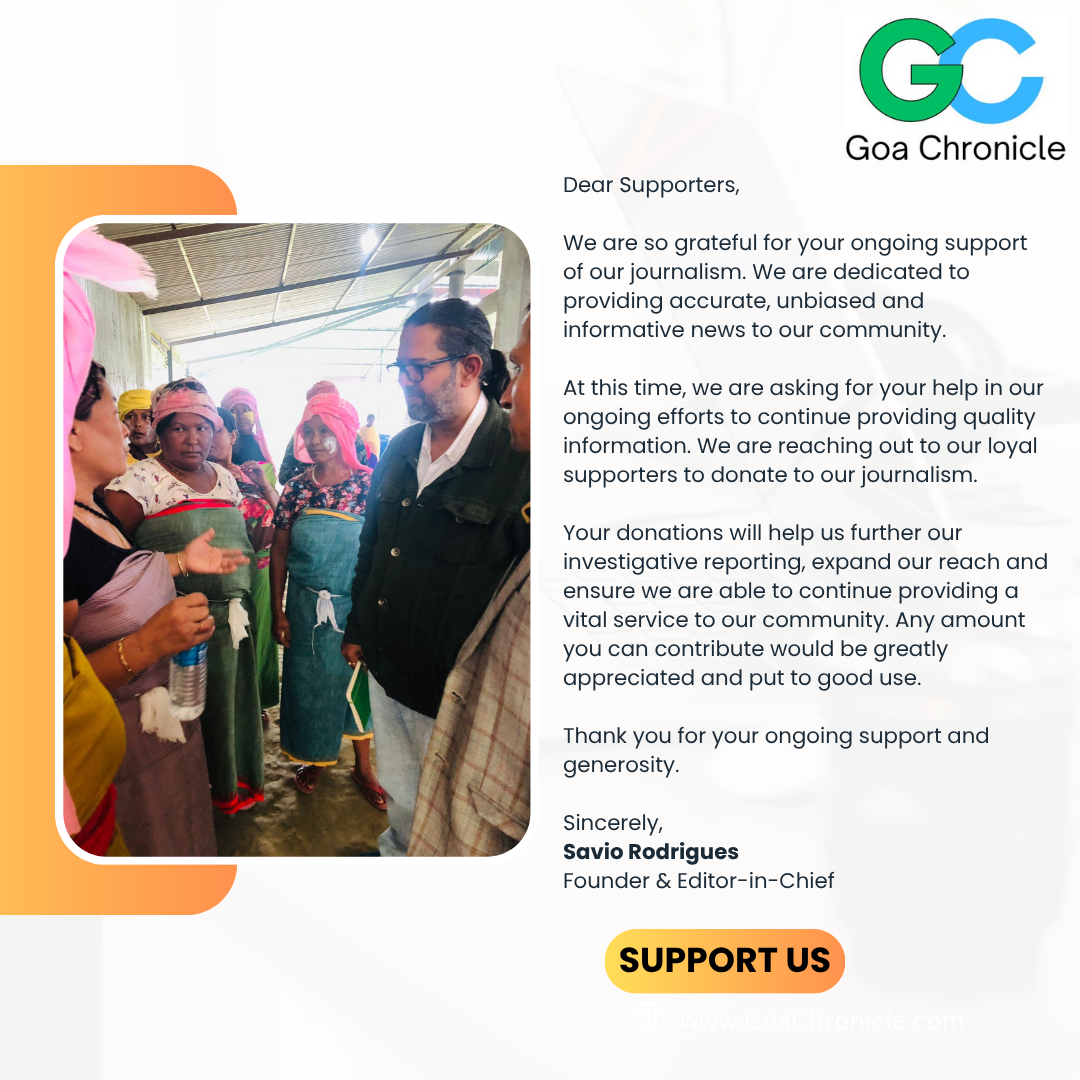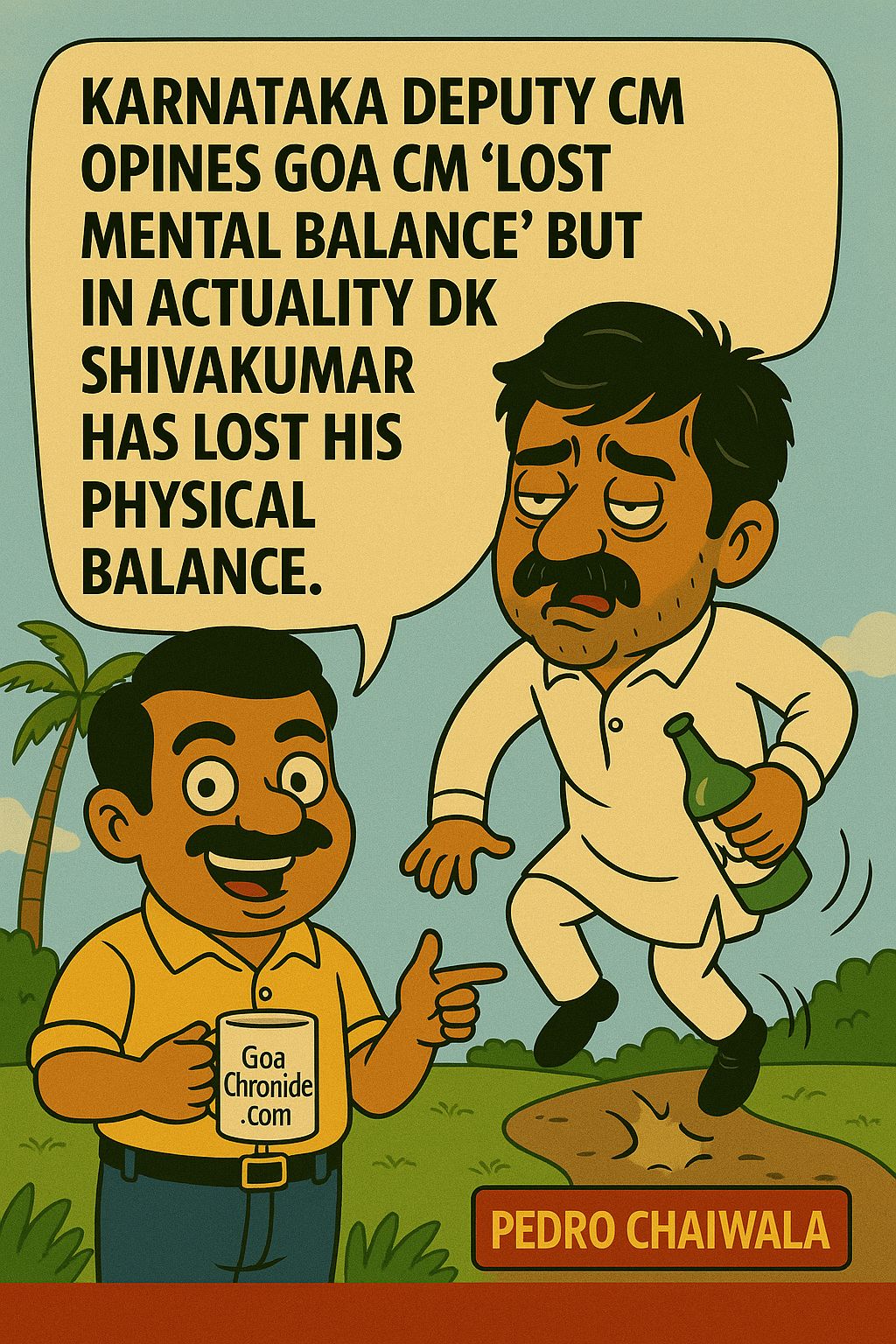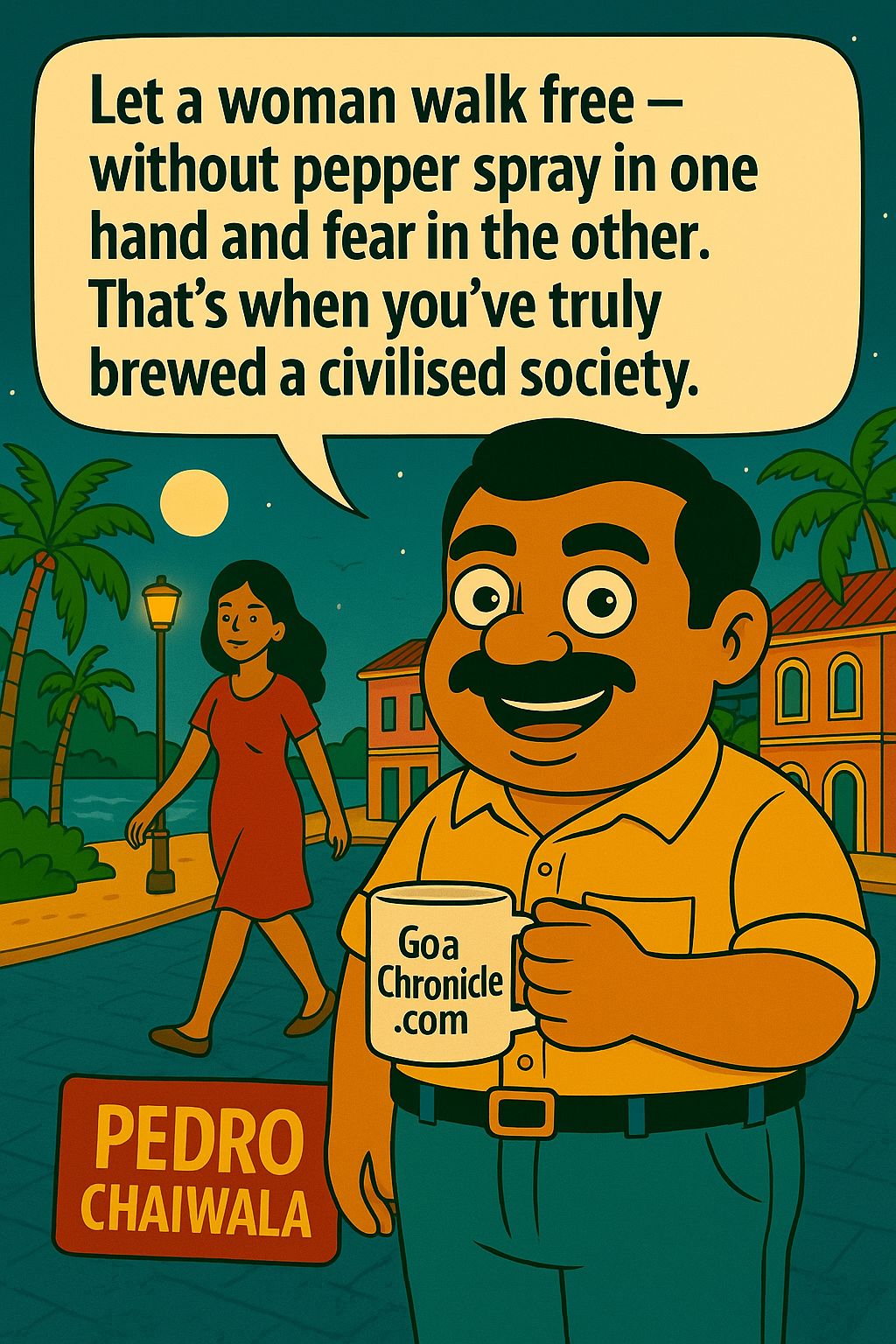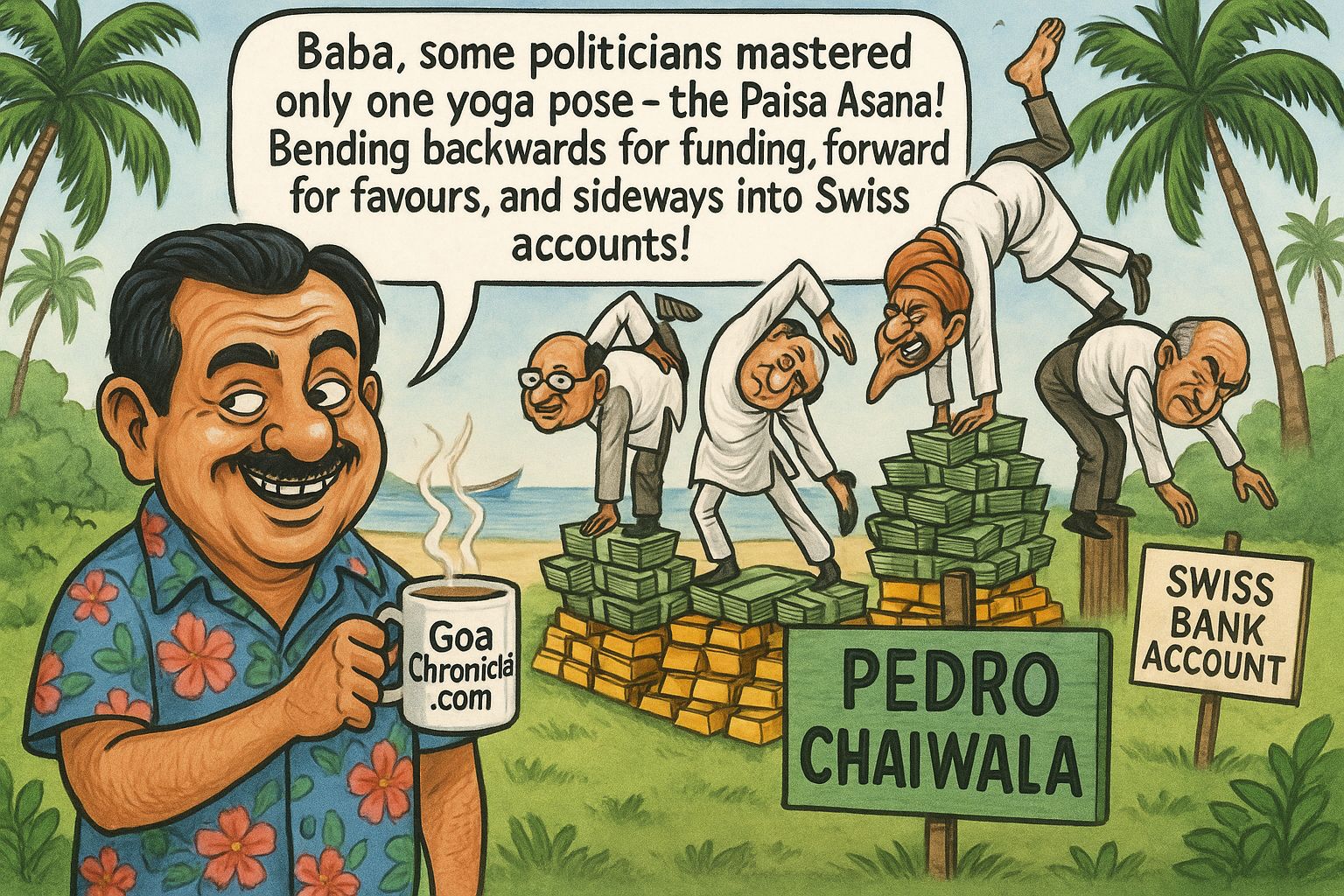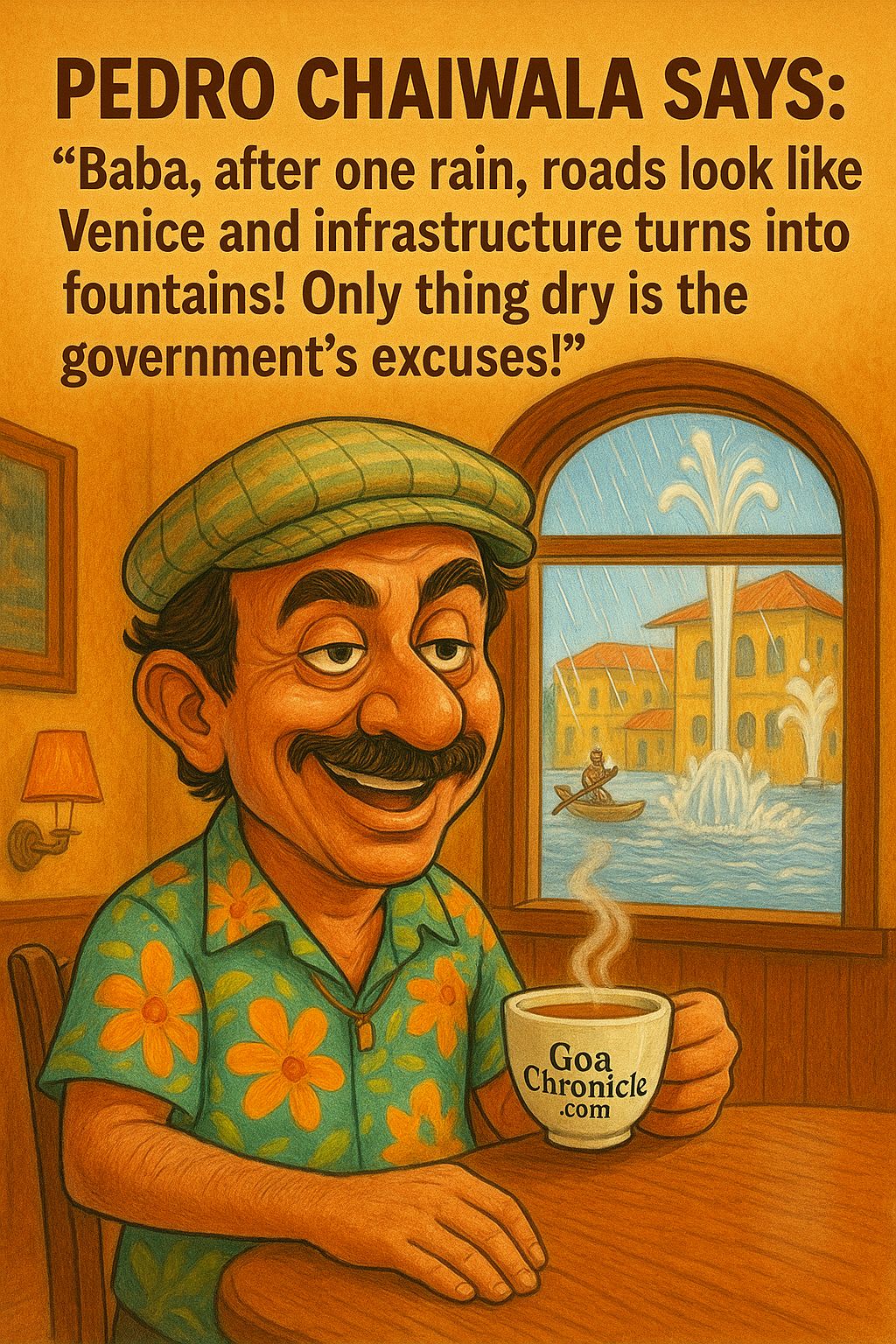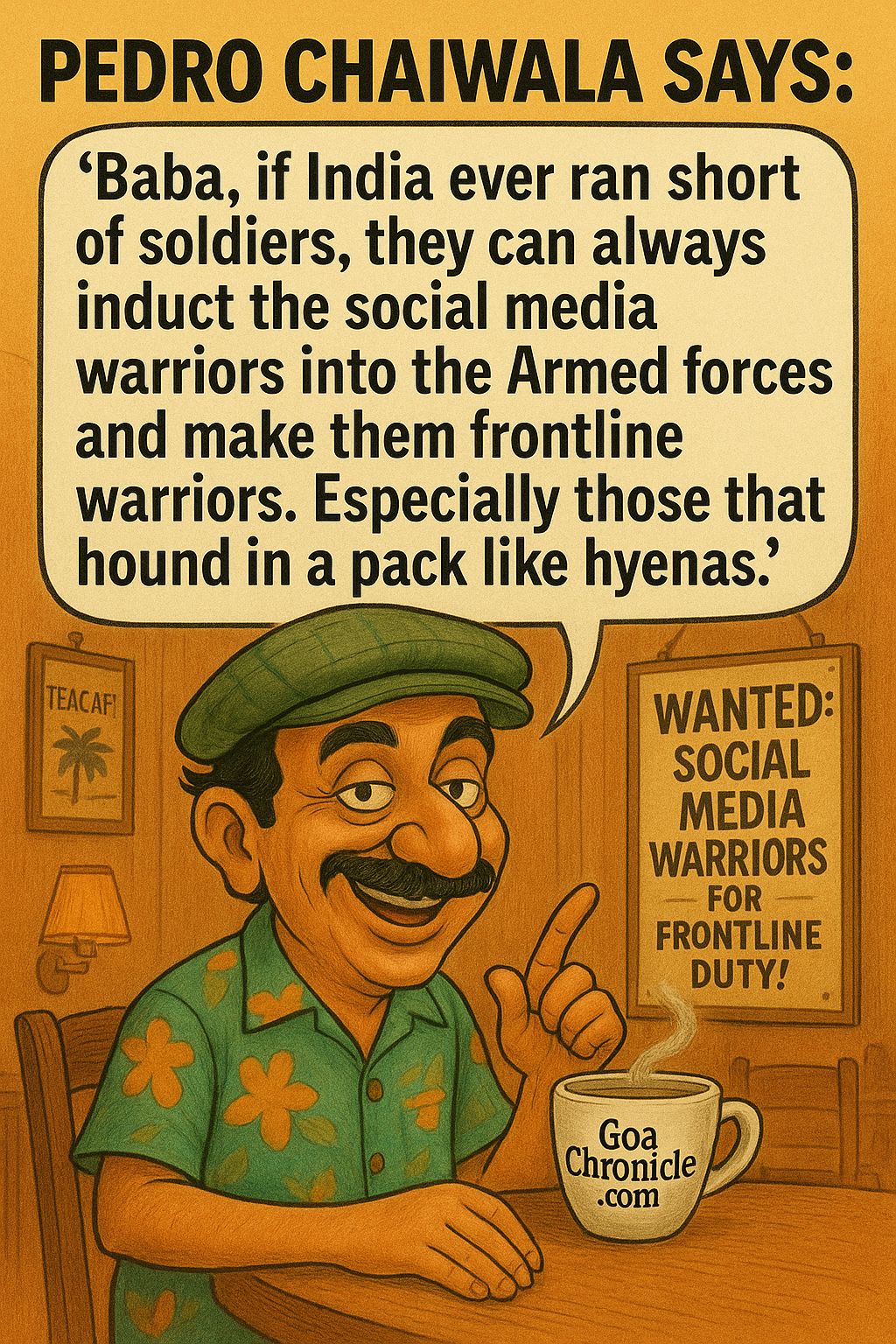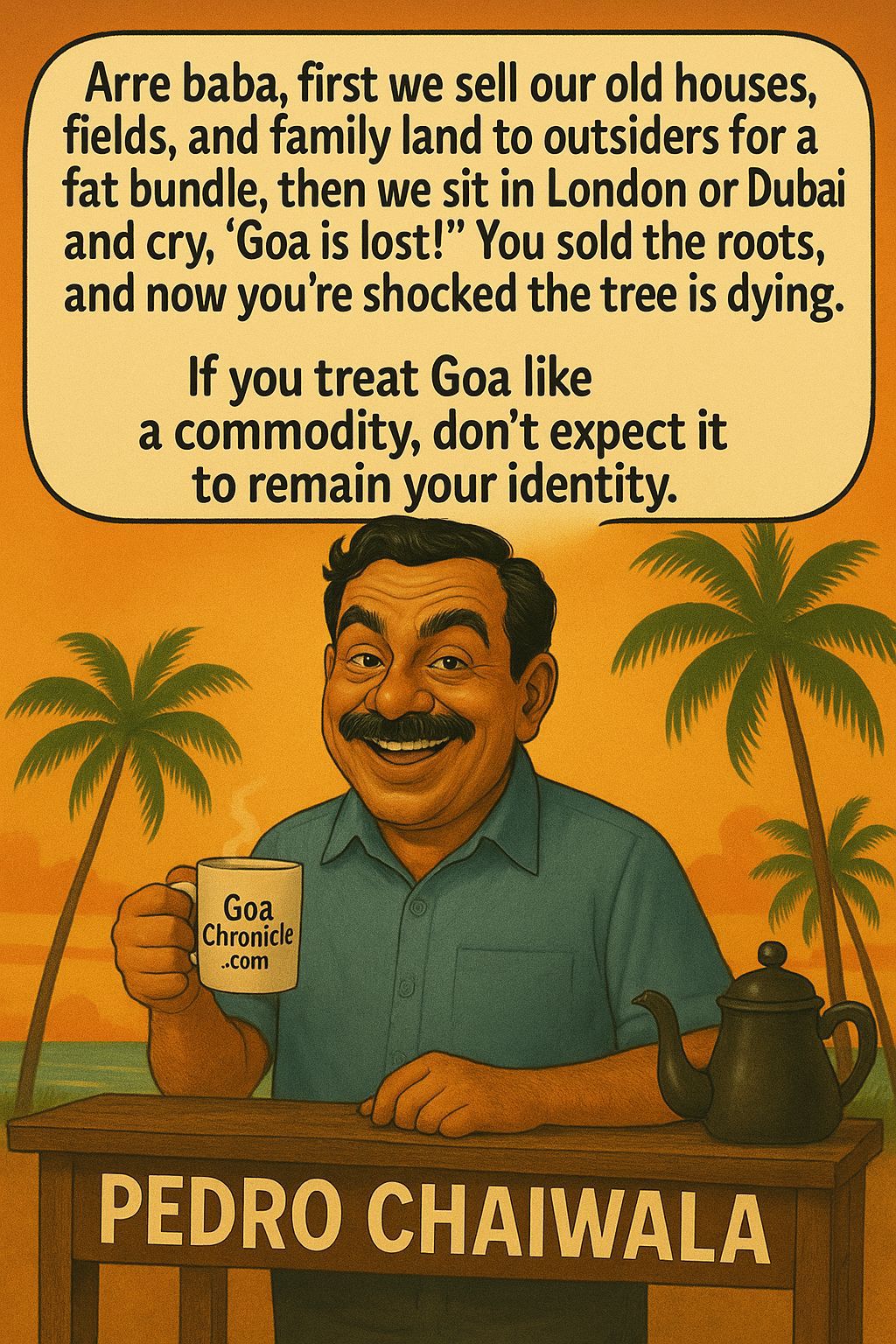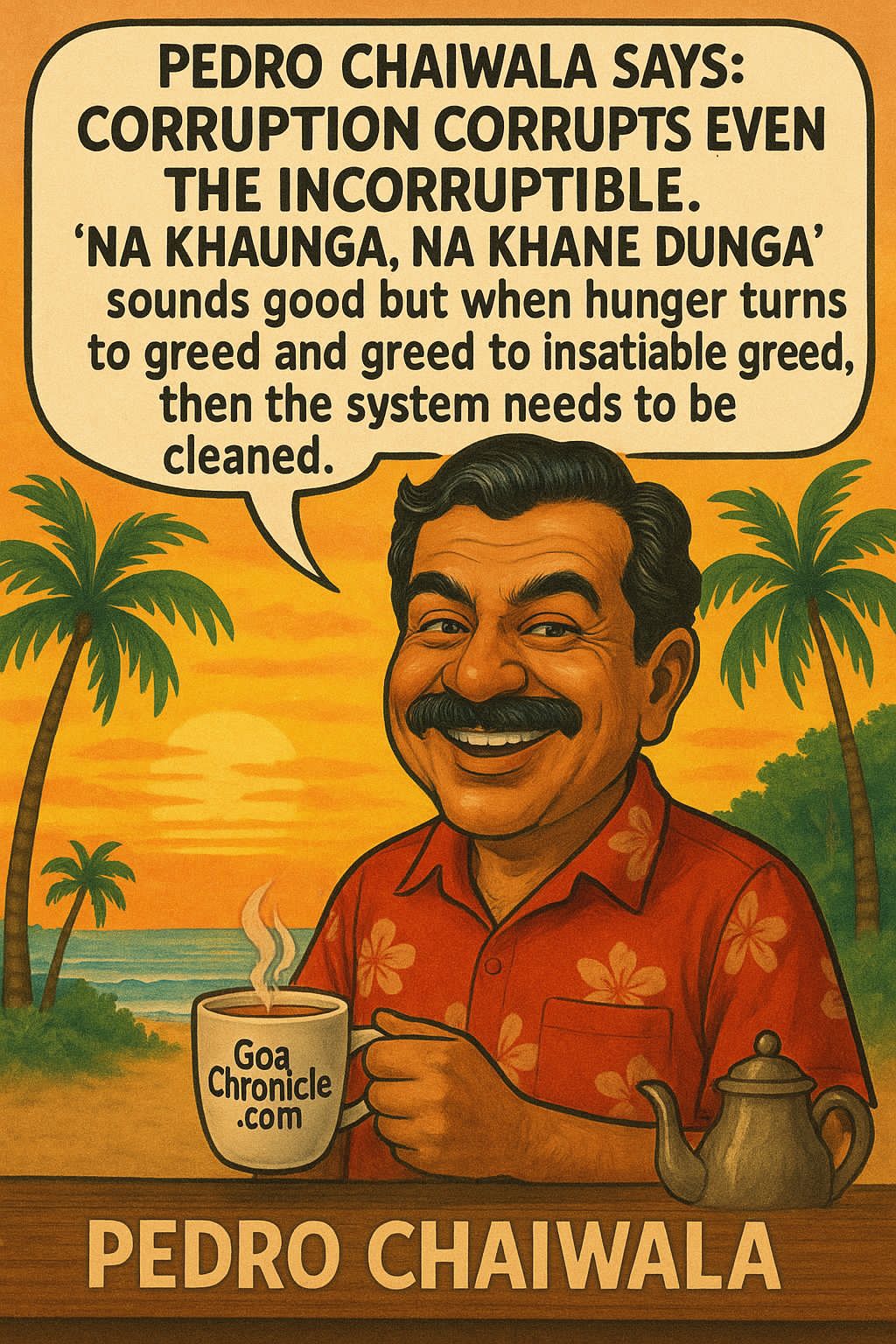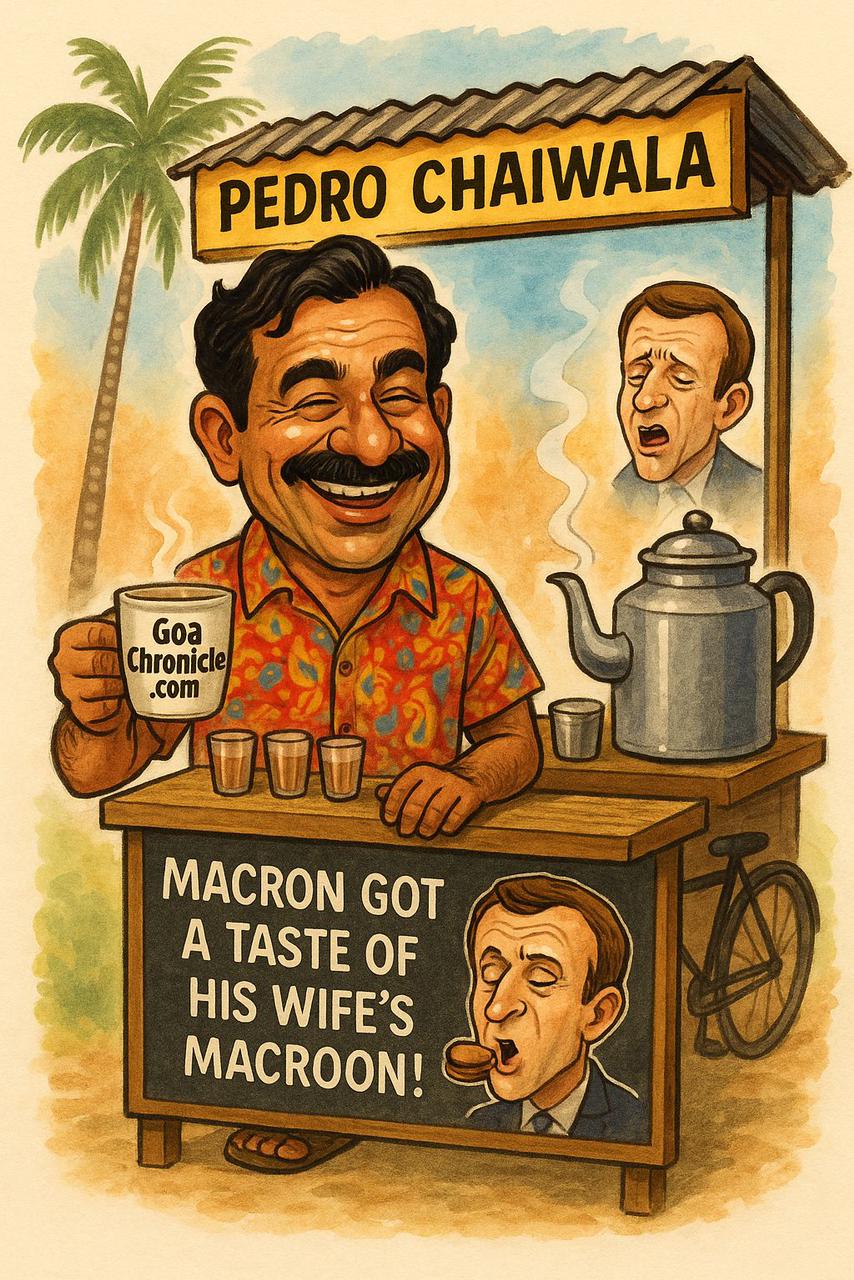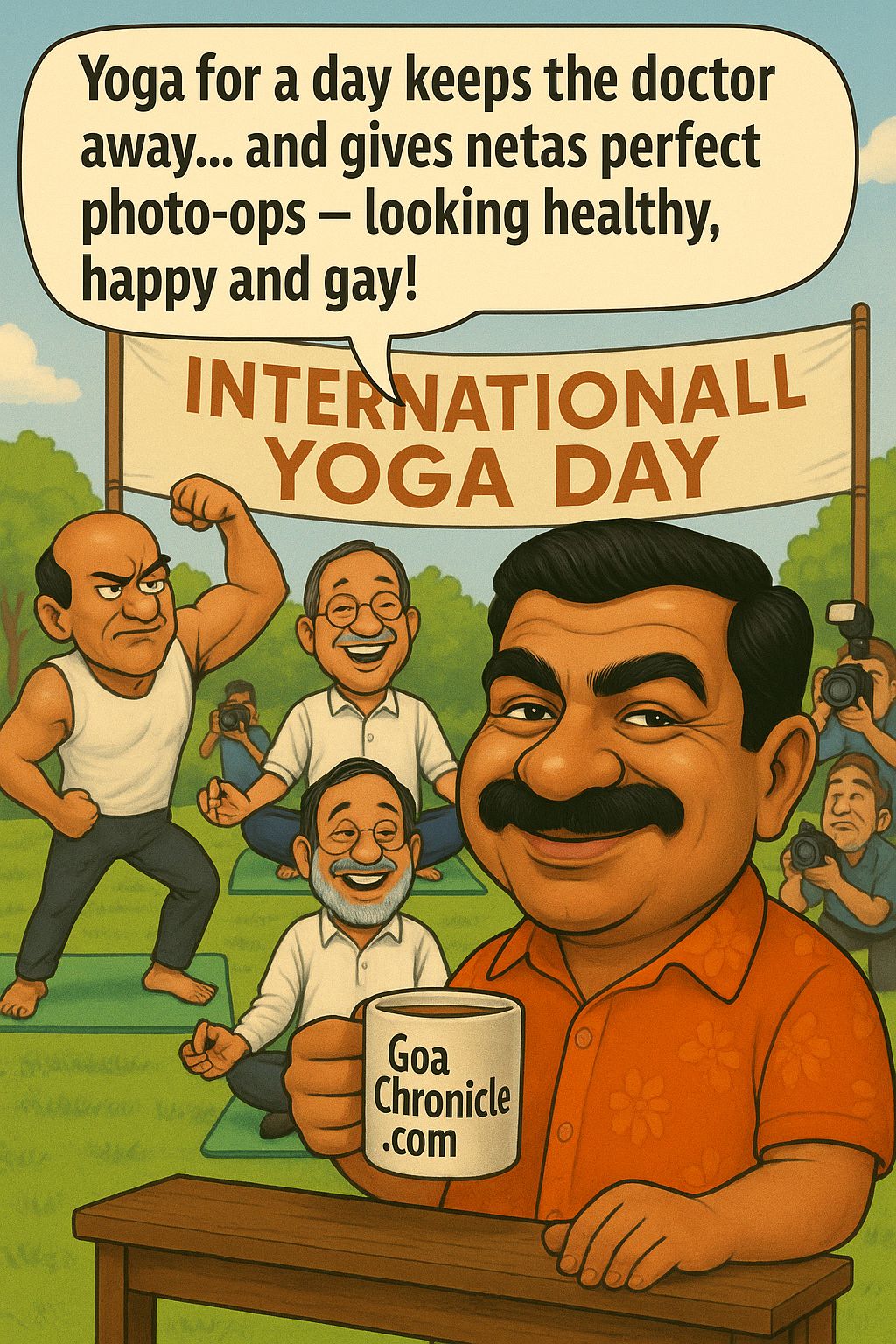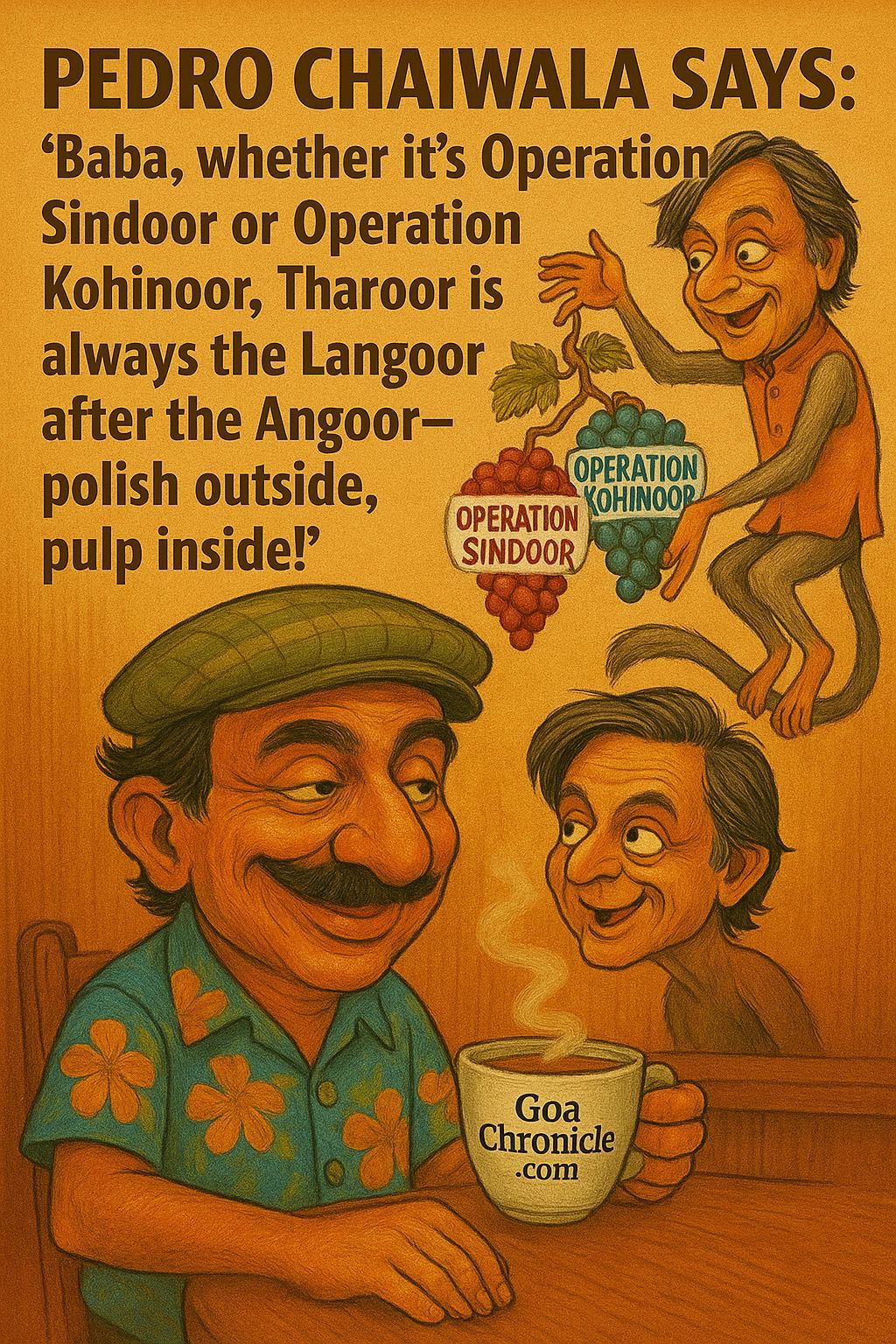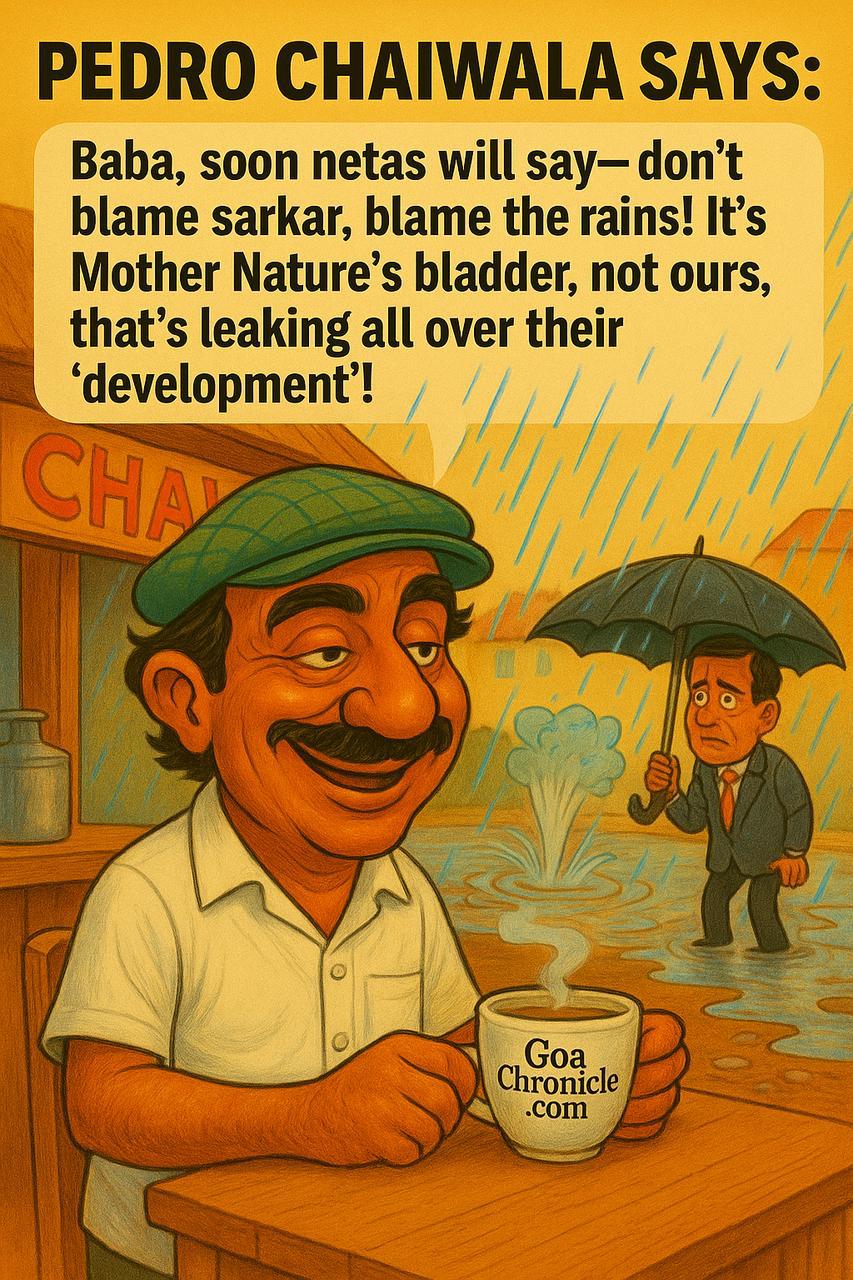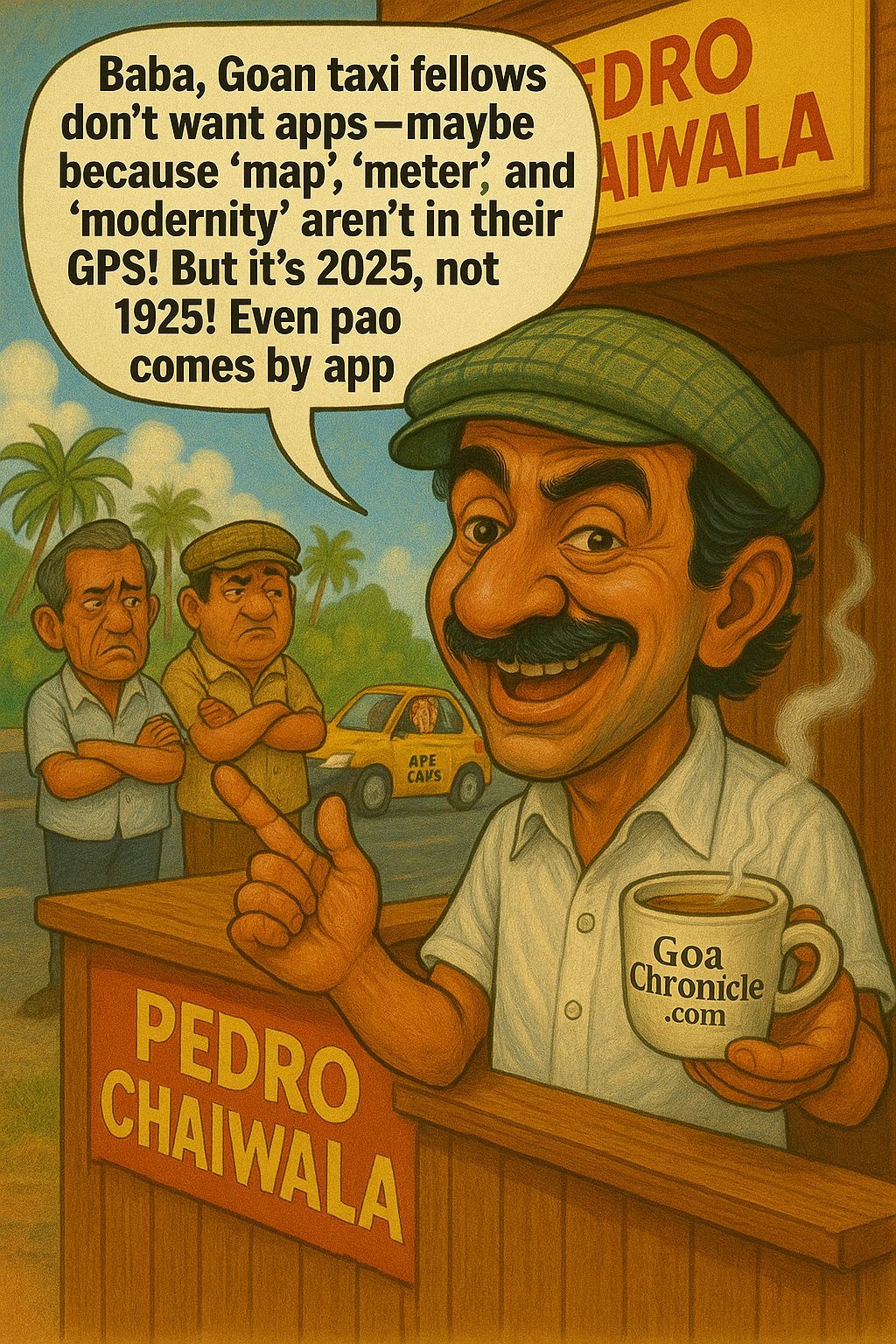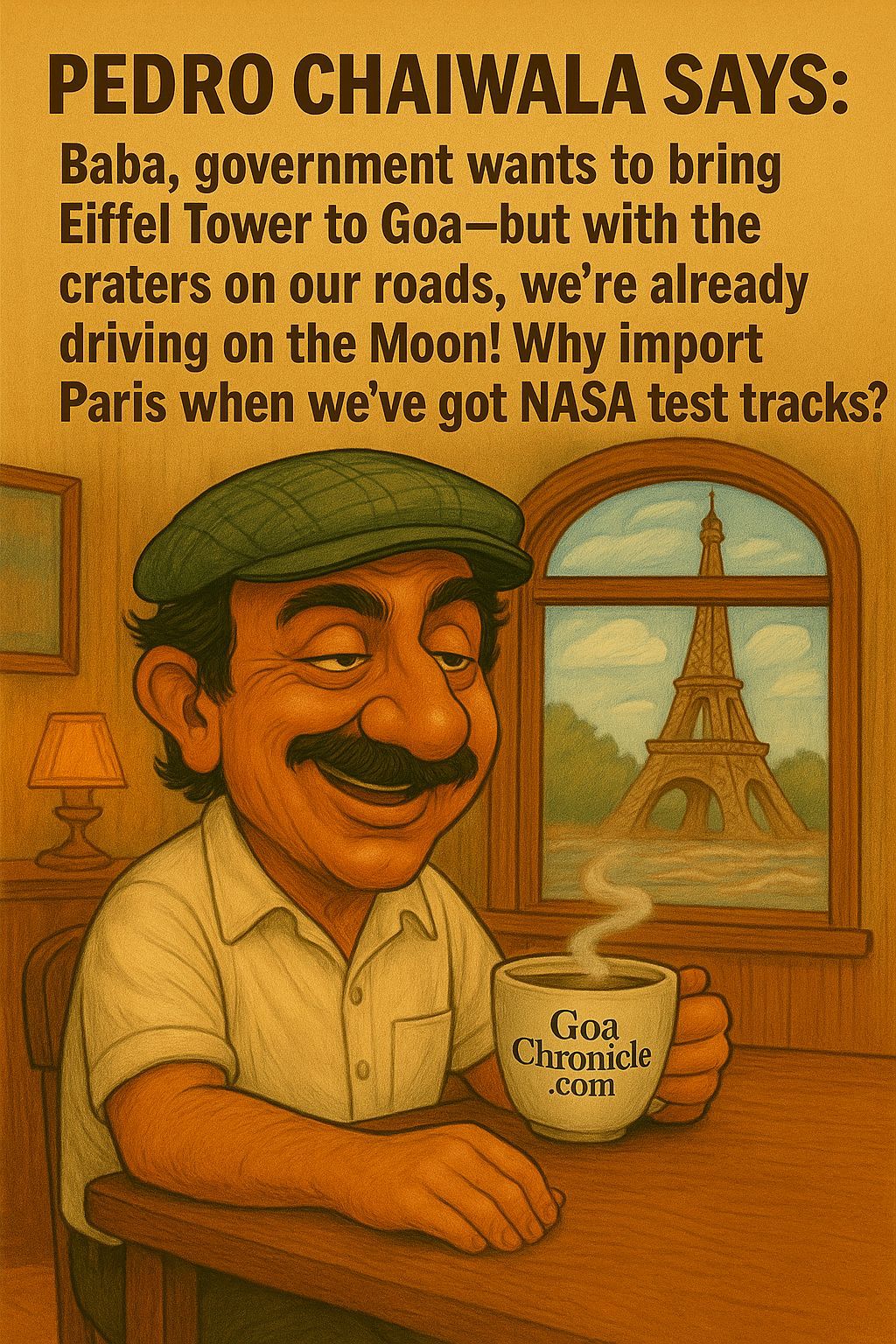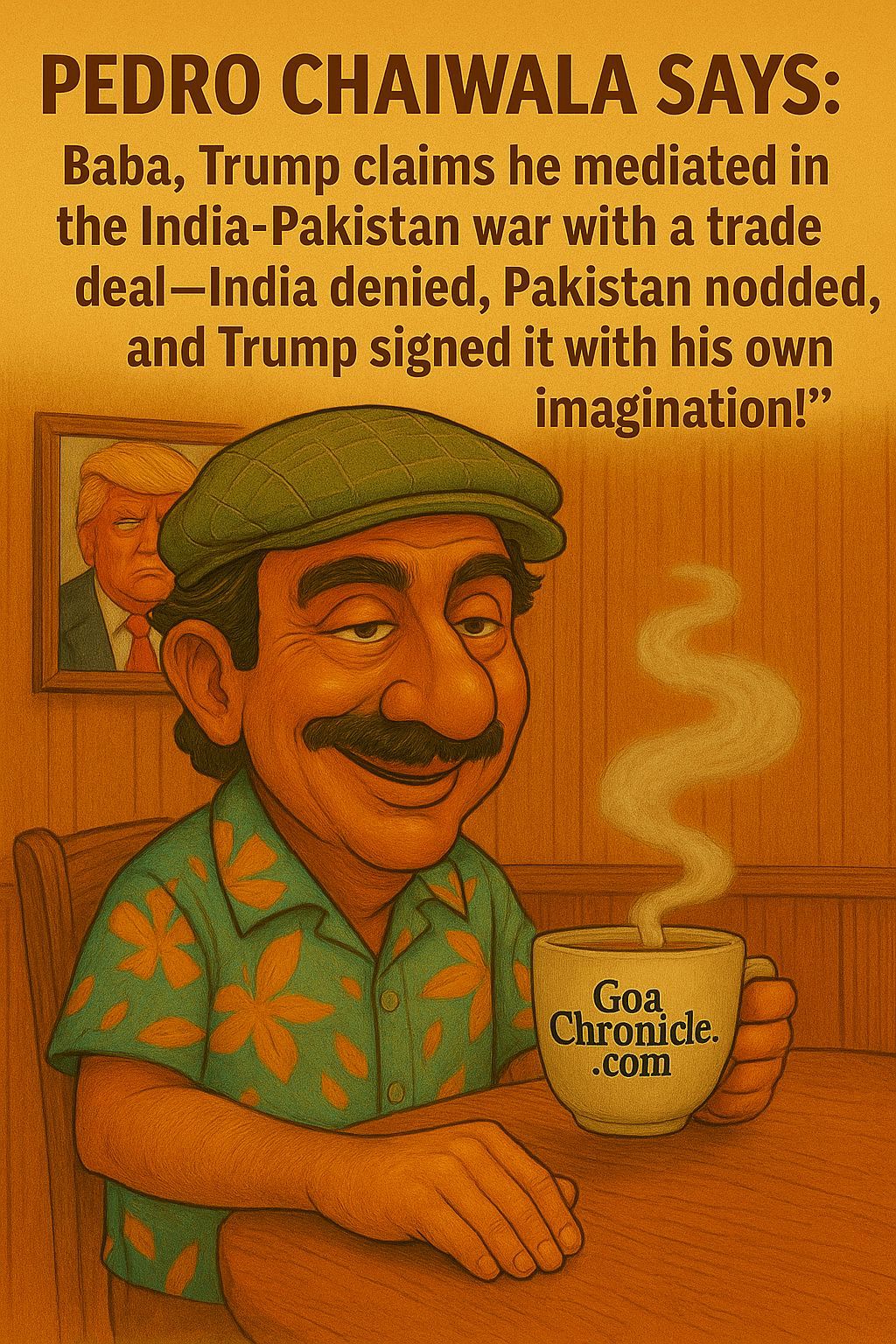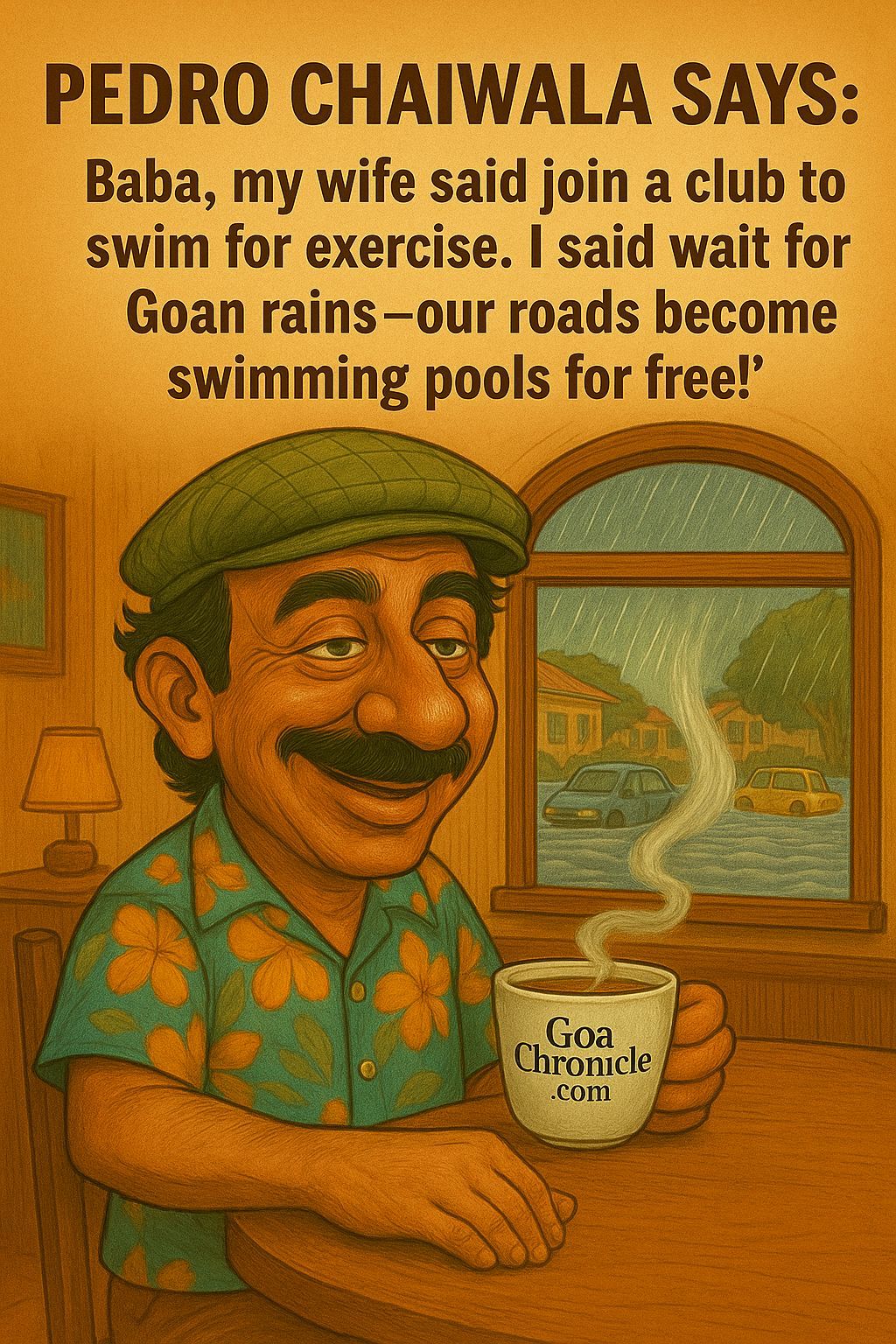I must begin by saying that I genuinely admire Mr. Nitin Gadkari. His dedication to improving India’s infrastructure is unparalleled. Highways have been built where even hope had once given up, tunnels carved through impossible mountains, and the otherwise sluggish pace of Indian development has found a formidable accelerator in him.
But Mr. Gadkari, I write this with folded hands and an aching back—both figurative and literal—courtesy of my daily encounters with Goa’s roads during the monsoons.
Your recent vision of creating an “Eiffel Tower-like” structure in Goa made headlines. Before that, there was talk of turning Goa into the next Shanghai, or Singapore. You certainly don’t suffer from a lack of imagination. But here’s the thing: before we start building monuments that kiss the clouds, could we focus a little on the ground beneath our wheels? Because frankly, the roads in Goa have started resembling a lunar expedition zone designed by ISRO for Chandrayaan-4.
Every monsoon, it’s the same story. The asphalt melts like it’s had a bad day in the sun. Roads that were inaugurated with ribbon-cutting ceremonies and flattering political selfies just a few months ago now look like they were bombed by a vengeful monsoon god. Newly constructed roads collapse into craters, and the rest devolve into obstacle courses that test your driving skills and your patience—sometimes both at once.
What’s worse is the pattern. Fix, forget, collapse, repeat. One wonders whether some of these roads are built by construction companies or pastry chefs, given how easily they crumble. If someone ever mapped the potholes of Goa, they could probably submit it to NASA as a prototype for an alien topography.
The ambition to make Goa like Shanghai or Singapore would be endearing if it weren’t so disconnected from the actual experience of the common Goan. Those cities didn’t start with skyscrapers—they started with the basics: water, waste management, public transport, and yes, strong, durable roads. We, on the other hand, seem to be laying the roof before we’ve even fixed the floor.
And it’s not just about infrastructure—it’s about priorities. Who are we building Goa for? For the Instagramming tourist who’ll take a selfie with a miniature Eiffel Tower and leave? Or for the Goan who has to navigate broken roads to drop his kids to school, get to work, or reach the hospital during an emergency?
The optics of development often overtake the substance of it. A towering structure may bring in some buzz, a few social media reels, and perhaps even foreign investment. But that buzz quickly fizzles when tourists find themselves stuck in traffic, bouncing over potholes, or worse, skidding through waterlogged streets.
Monuments are great. Aspirations are important. But first, Mr. Gadkari, give us roads that don’t become aquatic adventure rides every June. Give us footpaths that don’t suddenly disappear into muddy trenches. Give us drainage that doesn’t push rainwater back onto the roads with the force of a vengeful tsunami.
A friend joked recently that if you want to test the strength of your car suspension, drive through Margao after a 10-minute shower. If you make it through without requiring a wheel alignment, buy a lottery ticket.
There’s something profoundly unfair about spending crores to beautify cities when we can’t even ensure the basics are functional. Goa is not asking for extravagance. We are asking for efficiency. We are not yearning for Paris—we’re yearning for pothole-free roads. We’re not obsessed with skyscrapers—we just want our scooters to survive the rainy season.
The true monument to progress, Mr. Gadkari, won’t be a tower that pierces the skyline. It will be a simple road that survives a Goan monsoon. That’s what we will photograph. That’s what we will celebrate. That’s what we will remember.
So before Goa becomes Paris, or Shanghai, or any other city in your planner—let Goa be livable. Let it be navigable. Let it be safe. And maybe, just maybe, let’s dream less of iron towers and more of iron-clad accountability for the mess we continue to drive over.
With respect, hope, and a few bruised tires,





